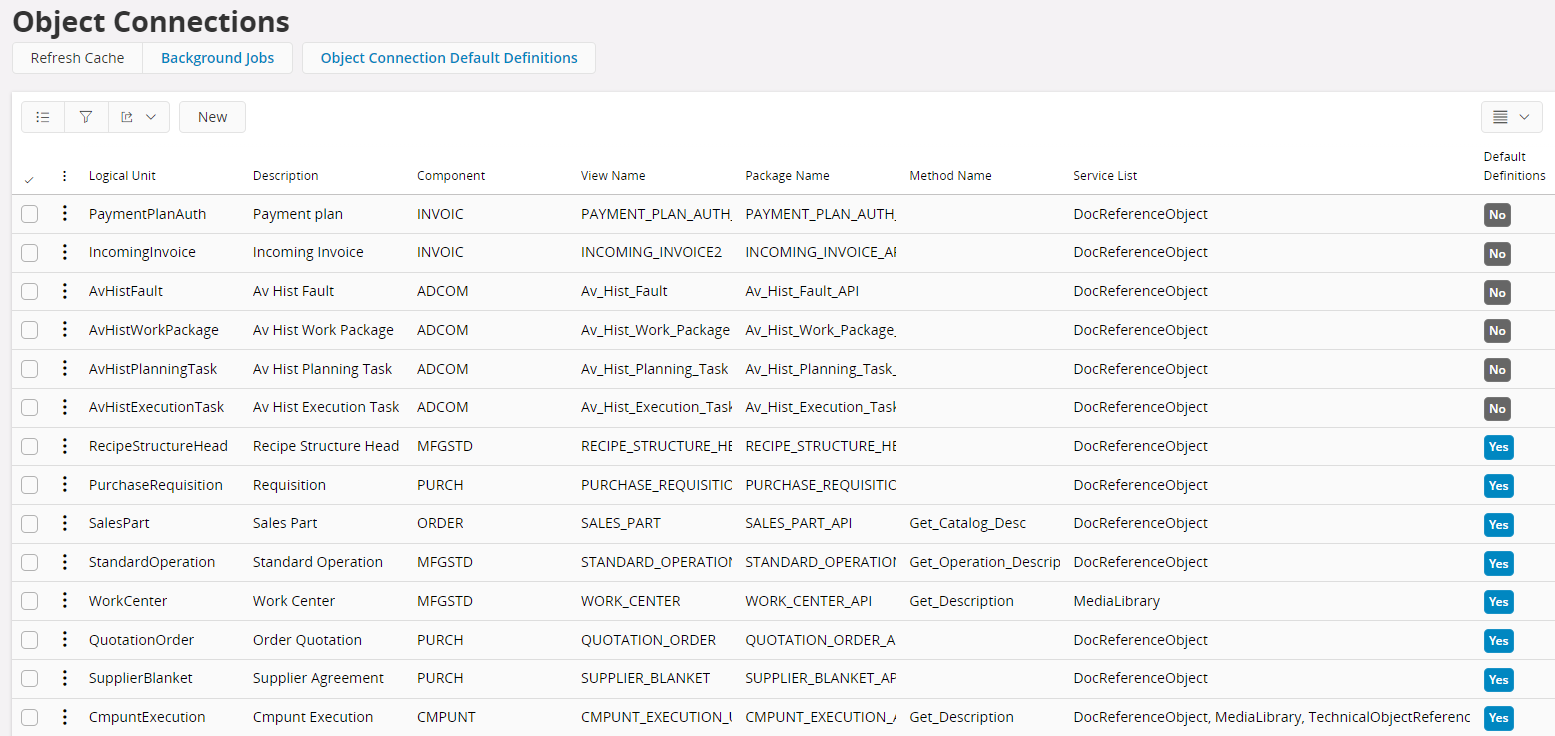In order to know what view we need to fetch information from in the past (IFS Appl 10 and backwards) we could always query the good old “Object connections” that has:

Now, since we only are allowed to fetch data from projections (starting with Cloud21R1 and upwards) - how do we know what projection to invoke depending on what object(s) a document is connected to?
Best answer by Mathias Dahl
View original




